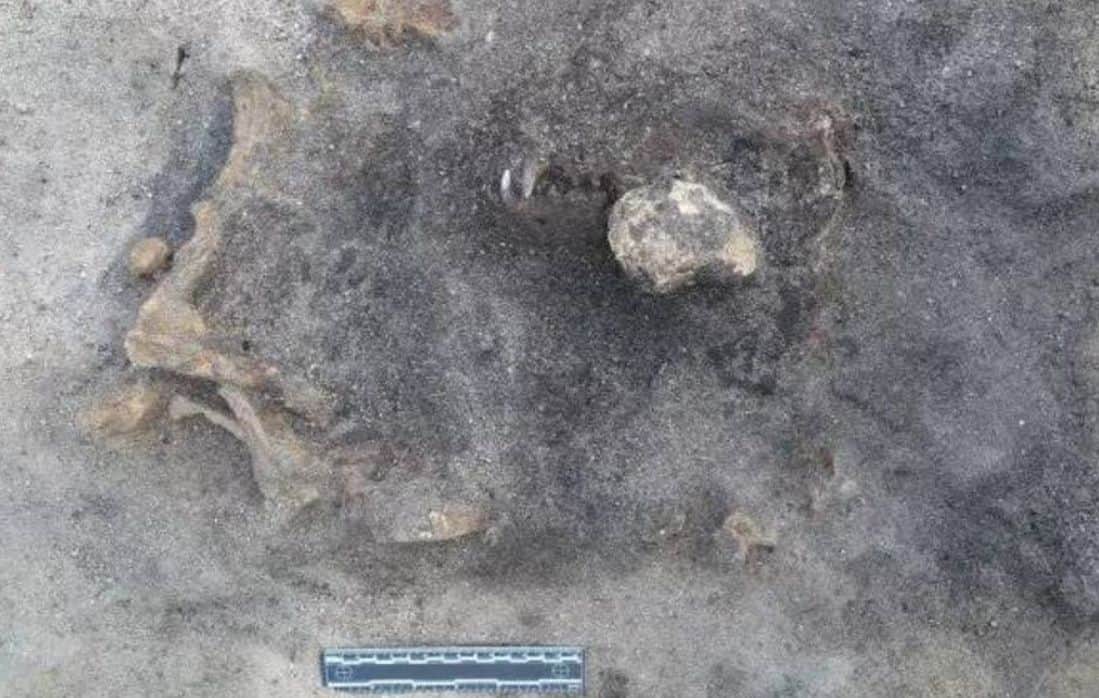It is still unknown whether the dog died a natural death or was killed to rest with its owner.
Swedish archaeologists have discovered the remains of a Stone Age dog buried next to its owner 8,400 years ago. This suggests that the animal was not wild, but rather domesticated.
The remains, found in southern Sweden, also include various burial objects with valuables or sentimental value that were placed with the dead in their graves, researchers note.
“This is one of the oldest grave finds of dogs in the country,” osteologist Ola Magnell from the Archaeologists with National Historical Museums, explained in a statement from Blekinge Museum. “The dog is well preserved and the fact that it is buried in the middle of the Stone Age settlement is unique.”
From the stone age
“A buried dog somehow shows how similar we are over the millennia — the same feelings of grief and loss,” says Carl Persson, director of the project, adding that these kinds of discoveries represent a greater approach to the people who inhabited the place in the past.
A buried dog somehow shows how similar we are over the millennia — the same feelings of grief and loss
What is still unknown is whether the dog died a natural death or was killed to rest with its owner in the grave.
Archaeologists found the burial in Ljungaviken, a neighbourhood in the Sölvesborg municipality, at an archaeological site that researchers have been studying for the past 10 years. Teams have already found the remains of some 60 houses there.
Buried by the mud
The newly found burial site was abandoned shortly after the person and his dog were buried about 8,400 years ago. Soon after, a “sudden and violent rise in sea level” flooded the area, with the waters throwing layers of mud and sand over the site, burying it, but also protecting it over the years.
The dog’s bones have not yet been removed from the ground, but archaeologists plan to take them to the Blekinge Museum for study.
Dogs have been domesticated throughout different cultures and it is argued that they have lived with humans for at least 33,000 years, thanks to a dog skull found in Siberia. An analysis of it found that its DNA was more similar to modern dogs than wolves, coyotes and species of prehistoric canids.
